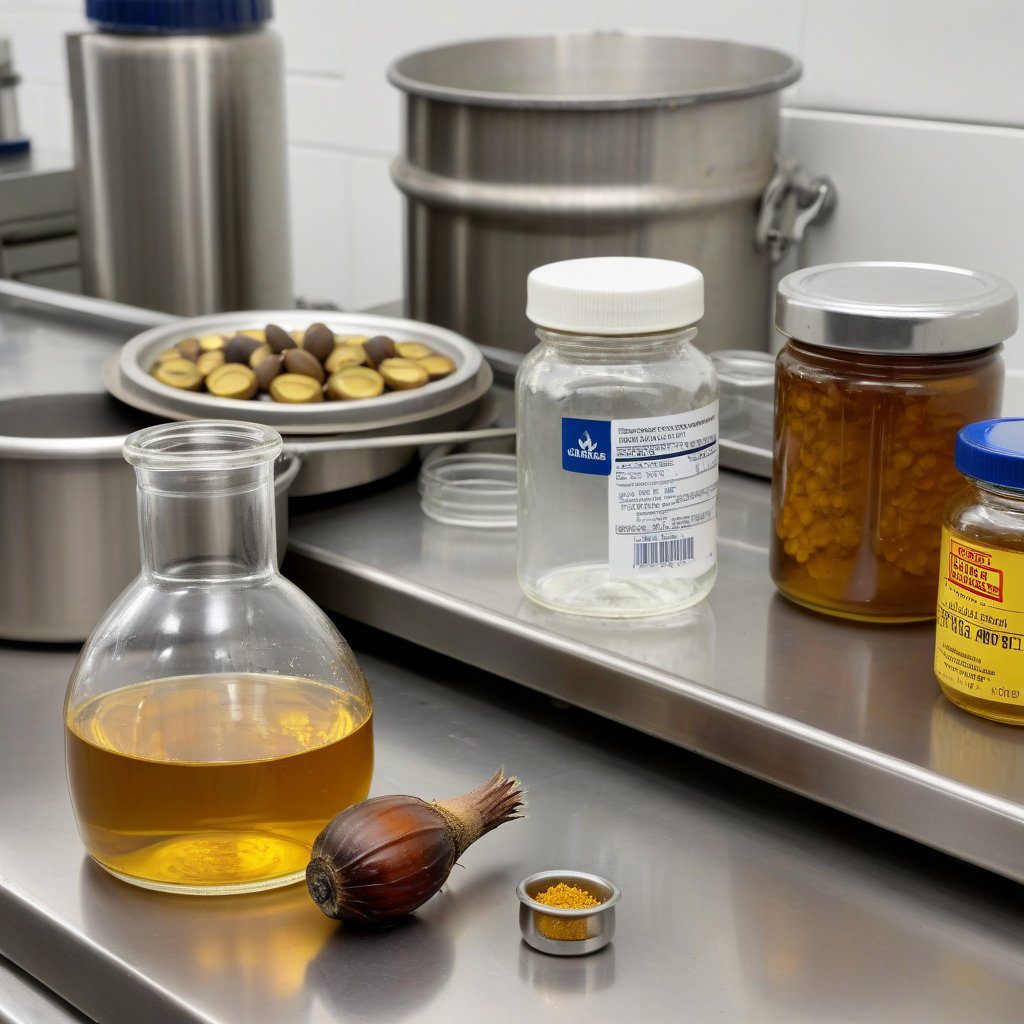Understanding Amine Business Strategies
Amine business strategies encompass a range of approaches that companies in the chemical industry utilize to maximize their market presence and profitability. These strategies are particularly relevant for suppliers of high-purity amines, such as monoethanolamine, diethanolamine, and triethanolamine, which are critical for various applications in diverse sectors. A well-defined business strategy in this niche not only focuses on product quality but also on understanding market dynamics and customer needs.
Market Analysis in Amine Supply
Conducting a thorough market analysis is fundamental to successful amine business strategies. This involves assessing the demand for different amines in various concentrations, such as 85% and 99%. Understanding the competitive landscape, identifying key players, and recognizing customer preferences are essential components of this analysis. By leveraging data analytics and market research tools, businesses can forecast trends and adapt their strategies accordingly.
Supplier Relationships and Partnerships
Building strong relationships with suppliers and distributors is crucial in the amine business landscape. Establishing partnerships can lead to better pricing, reliable supply chains, and improved product quality. Companies must focus on creating mutually beneficial agreements that enhance operational efficiency and ensure consistent availability of high-purity amines for their clients in the U.S. market.
Effective Marketing Strategies
Marketing strategies for amines must be tailored to target specific industries and applications. Utilizing digital marketing platforms, content marketing, and SEO optimization are vital for reaching potential customers. Highlighting the unique properties and applications of each type of amine, such as their role in pharmaceuticals, agriculture, and industrial processes, can help position a company as a leader in the sector.
Regulatory Compliance and Standards
Compliance with regulatory standards is a key consideration in developing amine business strategies. Companies must ensure that their products meet the necessary safety and environmental regulations in both Brazil and the U.S. This includes adhering to guidelines set by organizations such as the Environmental Protection Agency (EPA) and understanding the implications of chemical safety assessments.
Quality Control Measures
Implementing rigorous quality control measures is essential for maintaining the integrity of high-purity amines. This involves systematic testing and quality assurance processes to ensure that products meet the specified concentrations and purity levels. Suppliers must invest in advanced laboratory equipment and trained personnel to uphold these standards, thereby earning the trust of their customers.
Distribution Channels
Identifying and optimizing distribution channels is a critical aspect of amine business strategies. Companies should evaluate various logistics options, such as direct shipments, third-party logistics providers, and local distributors. Efficient distribution not only reduces costs but also ensures timely delivery, which is paramount in maintaining customer satisfaction.
Pricing Strategies
Developing effective pricing strategies for amines requires a deep understanding of market conditions, production costs, and competitor pricing. Companies should consider value-based pricing, where the price reflects the quality and benefits of high-purity amines. Regularly reviewing and adjusting pricing strategies in response to market fluctuations can help maintain competitiveness.
Innovation and Product Development
Innovation plays a vital role in the amine business, driving product development and enhancing existing offerings. Companies should invest in research and development to create new formulations or improve the performance of existing amines. By staying at the forefront of technological advancements, businesses can differentiate themselves in a crowded market and meet evolving customer needs.


